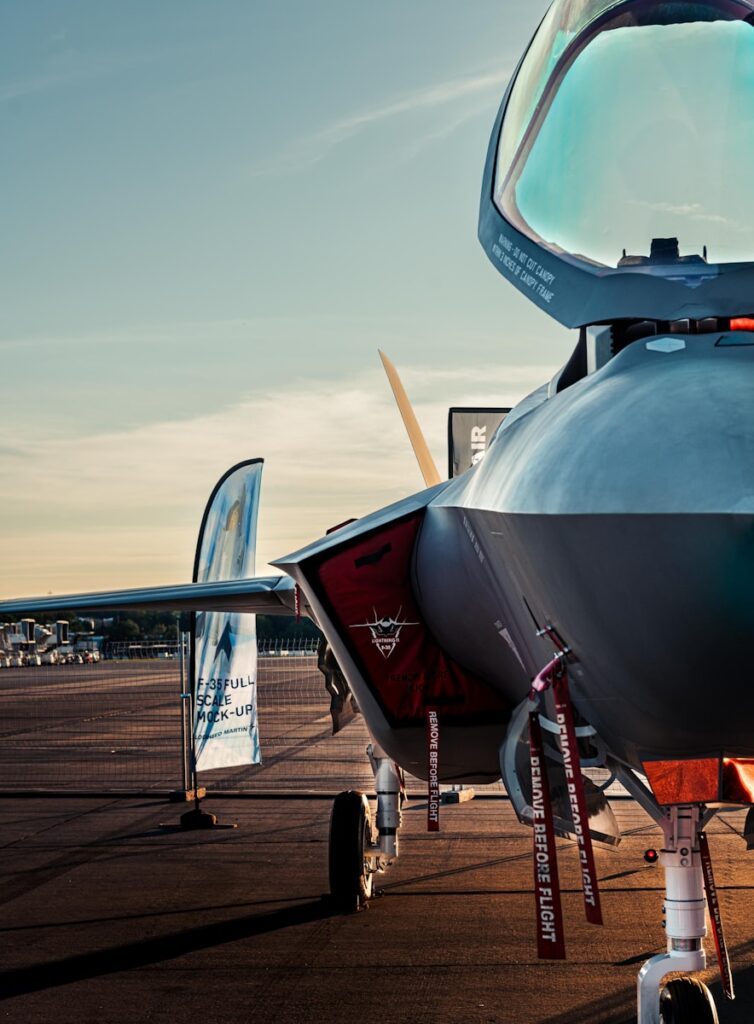Air supremacy is a crucial aspect of modern warfare, as control of the skies can provide a significant advantage in any conflict. Two aircraft that have been widely regarded as contenders for air supremacy are the Russian SU-75 and the German MBB Firefly. These aircraft have both been designed with advanced technology and capabilities that enable them to dominate the airspace and outperform their opponents. In this essay, we will compare and contrast the features and capabilities of these two aircraft to determine which one is more superior in terms of air supremacy.
The Russian SU-75 is a fifth-generation fighter aircraft that is designed to excel in air-to-air combat. It is equipped with advanced stealth technology that allows it to evade enemy radar detection and engage in stealthy operations. The SU-75 is also equipped with advanced avionics systems that provide the pilot with real-time situational awareness and target acquisition capabilities. Additionally, the SU-75 is armed with a variety of air-to-air missiles and advanced weapon systems that enable it to engage and defeat enemy aircraft with precision and accuracy.
On the other hand, the German MBB Firefly is a fourth-generation fighter aircraft that is also designed for air superiority missions. The Firefly is known for its agility and maneuverability, which allows it to outmaneuver and outperform its opponents in dogfights. The Firefly is also equipped with advanced radar and sensor systems that enable it to detect and track enemy aircraft from long ranges. Additionally, the Firefly is armed with a variety of air-to-air missiles and cannons that enable it to engage and destroy enemy aircraft effectively.
When comparing the two aircraft, it is evident that the SU-75 has the advantage in terms of advanced technology and capabilities. The SU-75’s stealth technology and advanced avionics systems provide it with a significant edge in terms of situational awareness and target acquisition. Additionally, the SU-75’s advanced weapon systems and air-to-air missiles give it the capability to engage and defeat enemy aircraft with precision and accuracy. On the other hand, the Firefly’s agility and maneuverability give it an advantage in close-range dogfights, but it lacks the advanced technology and capabilities of the SU-75.
In terms of speed and performance, the SU-75 has a top speed of Mach 2.5 and a range of over 3,000 kilometers, while the Firefly has a top speed of Mach 2.0 and a range of 2,500 kilometers. This gives the SU-75 a slight advantage in terms of speed and range, which allows it to cover more ground and engage enemy aircraft from longer distances. Additionally, the SU-75’s stealth technology and advanced radar systems give it the ability to approach and engage enemy aircraft without being detected, which further enhances its air supremacy capabilities.
When it comes to maneuverability and agility, the Firefly is known for its exceptional performance in close-range dogfights. Its high thrust-to-weight ratio and advanced aerodynamic design give it the ability to outmaneuver and outperform enemy aircraft in dogfight scenarios. However, the SU-75’s advanced technology and weapon systems give it the capability to engage and defeat enemy aircraft from longer ranges, which can give it an advantage in terms of overall air supremacy.
In conclusion, both the Russian SU-75 and the German MBB Firefly are formidable aircraft that excel in air supremacy missions. However, the SU-75’s advanced technology, stealth capabilities, and long-range engagement capabilities give it the edge over the Firefly in terms of overall air superiority. The SU-75’s superior speed, range, and weaponry make it a formidable opponent in any air combat scenario, and it is likely to maintain its dominance in the skies for the foreseeable future. Ultimately, the SU-75 emerges as the more superior aircraft in terms of air supremacy when compared to the Firefly.


